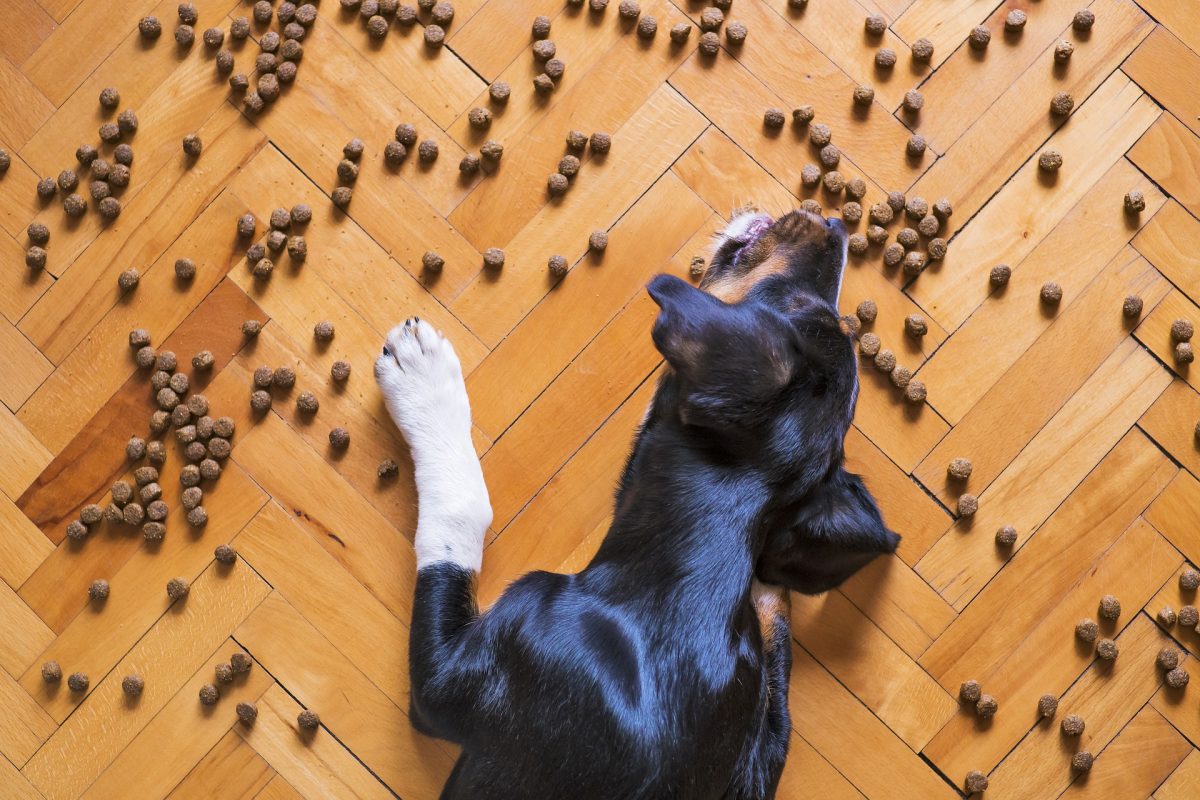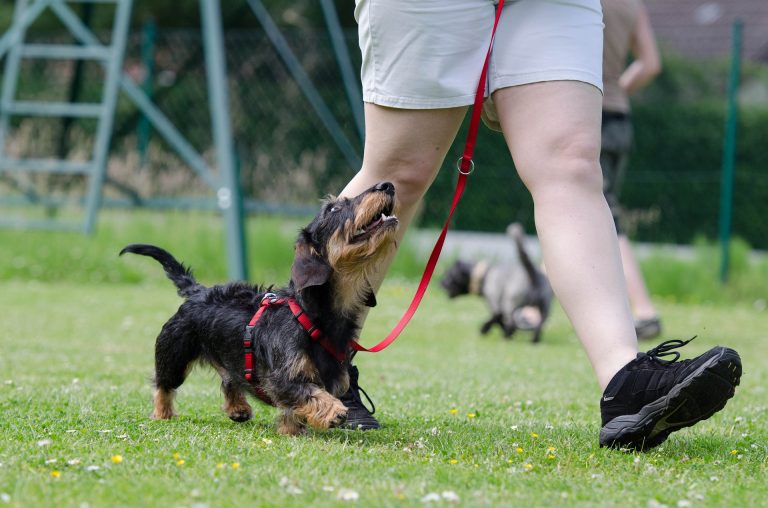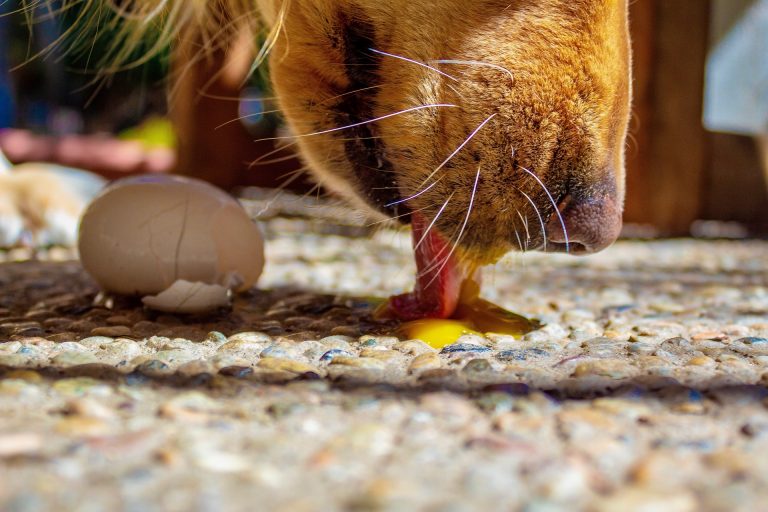Best Dog Treats for Training
Training your dog is an essential part of responsible pet ownership. Whether you’re teaching basic obedience commands or advanced tricks, positive reinforcement is a highly effective method. And when it comes to positive reinforcement, dog training treats are an invaluable tool. In this comprehensive guide, we will explore the benefits of using treats for training and provide you with valuable insights on selecting the right treats for your furry friend.
The Power of Positive Reinforcement
Positive reinforcement is based on the principle of rewarding desired behaviors to encourage their repetition. This training method is highly effective, as it creates a positive association in your dog’s mind, making them more likely to repeat the behavior for the reward. Among the various rewards available, dog training treats are particularly powerful due to their palatability and convenience.
Why Use Dog Training Treats?
High Motivation: Dogs are naturally food-motivated creatures. Treats serve as a powerful incentive during training sessions, capturing their attention and increasing their motivation to learn.
Quick Rewards: Treats provide instant gratification, allowing for immediate reinforcement of desired behaviors. This immediacy helps your dog make a direct connection between the behavior and the reward, enhancing their learning process.
Precision in Training: Dog training treats can be broken into small pieces, making them perfect for precise training. By using small portions, you can reward your dog frequently without overfeeding or causing distractions.
Choosing the Right Dog Training Treats
Not all dog treats are created equal, especially when it comes to training. Here are some key factors to consider when selecting treats for your furry companion:
Size: Opt for bite-sized treats that can be quickly consumed, ensuring minimal interruption to the training session. Small treats are also ideal for repetitive training exercises.
Softness: Soft treats are easier to chew and swallow quickly, enabling your dog to maintain focus during training. Avoid hard treats that may require extra time and effort to consume.
Palatability: Dogs have different taste preferences, so it’s crucial to find treats that your pup finds irresistible. Experiment with different flavors and textures to determine what motivates your dog the most.
Healthiness: While treats are typically high in calories, it’s important to choose options that align with your dog’s dietary needs. Look for treats made from quality ingredients, avoiding excessive artificial additives and fillers.
Types of Dog Training Treats
Commercial Treats: Available in pet stores and online, commercial treats offer a wide range of options. Look for treats made with real meat or high-quality protein sources as the primary ingredient. Avoid treats with excessive amounts of sugar or fillers.
Homemade Treats: If you prefer a more hands-on approach, consider making your own dog training treats. There are numerous recipes available online, allowing you to control the ingredients and cater to your dog’s preferences.
Natural Rewards: Some dog-friendly fruits and vegetables, such as carrot sticks, apple slices, or blueberries, can serve as healthy training treats. Ensure that the chosen fruits or vegetables are safe for dogs and cut them into small, bite-sized pieces.
Effective Techniques for Training with Treats
Capture Behavior: When your dog performs a desired behavior naturally, such as sitting or lying down, immediately praise and reward them with a treat. This method helps reinforce the behavior and encourages its repetition.
Lure and Reward: Use a treat to guide your dog into performing a desired behavior, such as “sit” or “stay.” Once they follow the lure, reward them promptly with the treat. Over time, you can gradually reduce the lure and rely solely on verbal cues.
Shaping: Break down complex behaviors into smaller, manageable steps. Reward your dog for each incremental progress towards the desired behavior, gradually shaping them into performing the complete action.
Random Rewards: Intermittently vary the timing and frequency of treats to prevent predictability. This technique helps maintain your dog’s motivation and reinforces their understanding that rewards are possible at any time.
Conclusion
Dog training treats are a powerful tool for enhancing obedience and learning in your furry companion. By leveraging the principles of positive reinforcement and selecting the right treats, you can make training sessions enjoyable and effective. Remember to consider your dog’s preferences and dietary needs when choosing treats, and always use them as part of a balanced training routine. Unlock your pup’s potential with tasty rewards and build a strong bond through positive training techniques.






